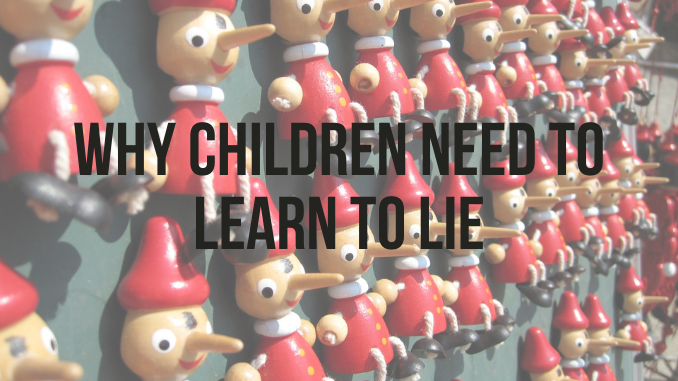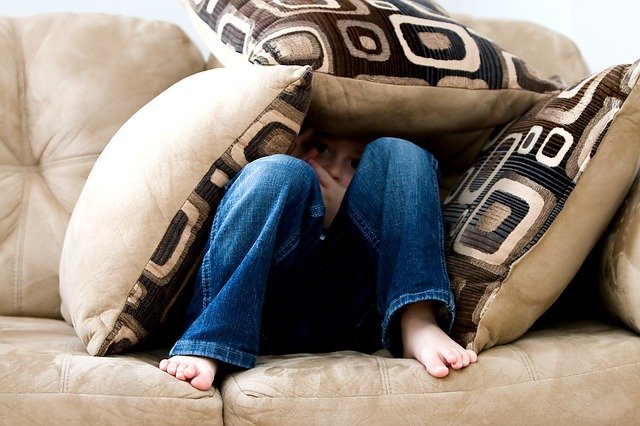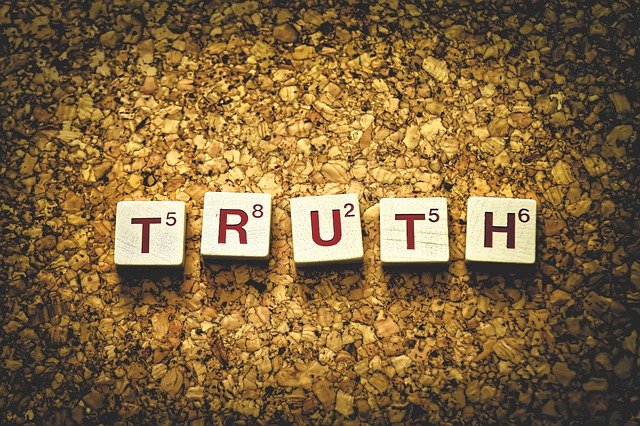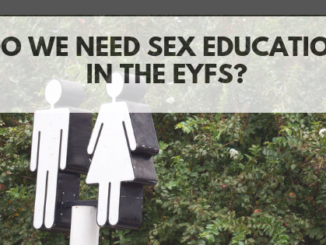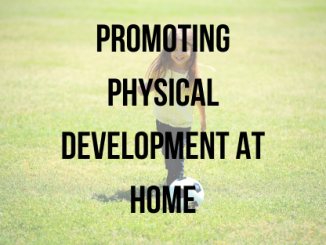“Honesty is always the best policy” we say, and of course who can forget the tale of Pinocchio, popularised by Walt Disney in which every time the character lies his nose grows longer? The Blue Fairy tells him “a lie keeps growing and growing until it’s as plain as the nose on your face” and the moral of the tale is clear; lying is wrong, children should develop a sense of right and wrong and should always tell the truth.
There is an element of fact in the Blue Fairy’s admonition that lies grow bigger and bigger, as research shows that as we tell small lies it becomes easier for us to be dishonest, and bigger lies become easier for us too. In a study on lying researchers found that the brains of participants showed strong emotional reactions the first time they lied during a game, but that as they lied more frequently this reaction lessened (Garrett et. al 2016)
Most of us believe that honesty is important and want to raise children who are honest and don’t tell lies, after all honesty forms the basis of trusting relationships. Most humans consider these trusting relationships extremely important, and rely upon them, as it is honesty that enables our society function. On the whole, we have to be able to trust one another to tell the truth and not attempt to deceive others.
Developing cognitive skills
However, learning to lie is an important developmental milestone that we should not shy away from, but should instead seek to understand.
Honesty is the default state for babies and toddlers, but around the age of 3 the ability and will to deceive begins to form. Children begin to tell lies at this age for anti-social and prosocial purposes. The tendency to lie is related to children’s age and the types of lie being told. (Lee, 2013)
The ability to lie emerges when children develop a cognitive skill that psychologists call “The theory of mind” in order to get to the point of developing the “theory of mind” children must understand that they are a unique individual separate from others, understand that they have thoughts and knowledge, understand that others have thoughts and knowledge and recognise that these may be different. Children come to understand that what they know is different to what others know. This is an important realisation and understanding and forms the basis of a number of other skills.
During development, children may make the wrong decisions about whether to lie or tell the truth, and they may also lie unsuccessfully. This has to do with their ability to predict what others know and are thinking as well as understanding social conventions and culture. (Lee, 2013) As this understanding improves, so does their ability to lie successfully.
Another cognitive skill related to lying and deception is what we call ‘cognitive control’ this is essentially a control mechanism which stops us from giving out all of our knowledge, there are many social situations in which this is a useful skill. So, whilst we don’t want children to become habitual liars, the ability to lie is a developmental milestone, requiring skills that are needed for a variety of functions in life.
Developing speech
The ability to tell a convincing lie is part of children’s speech and language development too. Speech act theory suggests that verbal statements are not just descriptive of the world but are useful tools which serve social functions so, speech acts involve doing things with words serving as tools (Austin, 1962).
Lying, using words considered to be doing deceptive things with words (Lee, 2000) that is using words as a tool to achieve something. So, in learning to lie children are learning to use words to get things done.
Developing body language
Once children develop the ability to lie, they must also become more sophisticated in doing so. This means that children have to observe different kinds of body language used by people who are telling the truth, and attempt to mimic it. Studying children’s nonverbal behaviours, such as body language, positioning and facial expression, whilst lying (Talwar & Lee, 2002a) shows that children certainly do develop the ability to mimic the behaviours of people who are telling the truth When the situation calls for children to naturally avert their gaze when telling the truth, to think about the answer to a question for example, they also deliberately averted their gaze when lying (McCarthy & Lee, 2009). This demonstrates an ability to observe and understand body language, as well as the ability to control their own body language, which means that children are developing important social skills and reading social cues accurately.
Developing social understanding
As they develop, children’s lies become more nuanced and tend to be used more as social functions. Children learn for example, to use flattery, to create a good impression, to help others feel better and to move conversation away from more uncomfortable topics; all things that we do, and would probably say we need to do as well socialised adults. By mastering these skills, children gain the power to help shape social narratives to benefit themselves and others.
Lying in situations in which social conventions require us to refrain from being completely honest, are often called ‘white lies’ and for most adults the concept of white lies is bound up with the notion of being polite. Preschoolers on the other hand tend to view white lies negatively (though less negatively than malicious lies) (Bussey, 1999) but these views of white lies become gradually less negative until adolescence, when they are viewed positively. This demonstrates a growing understanding of social conventions.
However, some studies demonstrate that even though they view white lies negatively preschoolers are certainly capable of telling white lies. When 3‐ to 7‐year‐olds were asked to take a photograph of an experimenter who had a large red mark on his or her nose, the experimenter asked, “Do I look okay for the photo?” (Talwar & Lee, 2002b) Most children lied, telling the experimenter that he or she looked okay, but later told someone else that the experimenter actually did not look okay. Similarly, when 3‐ to 7‐year‐olds discovered that the experimenter had given them an undesirable gift (a bar of soap), many spontaneously told the experimenter that they liked the gift even though their behaviour when opening the gift showed they disliked it (Talwar, Murphy, et al.,2007). However, in these experiments children were not able to cite “being polite” or “not upsetting someone” as the reason for telling the lie, with most simply saying they did not know why they had lied. Yet, it may be argued that this demonstrates a first stage in social understanding, as children mimic social conventions before necessarily understanding the reason for doing so.
In some cultures, different types of socialization leads to telling different kinds of socially-functioning lies. In China, for example, collective interests are considered paramount for individuals and the group to which they belong (Fu, Evans, Wang, & Lee, 2008). Chinese children ages 7 years and above will endorse lies that help their groups interest (i.e., “blue lies”: Barnes, 1994; e.g., Fu et al., 2008 ). We shouldn’t really be surprised by these findings though as social psychological research (Forgas & Williams, 2001) has demonstrated that people’s social behaviours are strongly influenced by social situational factors (Barnes, 1994; Bok, 1978).
Developing imagination and creativity
Many children tell stories about things that have happened in the day that we know to be untrue. For example, some 3-year olds will readily tell quite an elaborate story about how their nursery teacher took them to the north pole where their met a narwhal and went for a ride through the icy seas! Obviously, as adults we know that this is not what happened at nursery, it is not true, but is it a lie? It depends how you define a lie, but in this case the telling of untruth serves the purpose of allowing a child to develop their imagination, creativity and storytelling skills.
As children develop the ability to tell these lies or stories they also have to develop the ability to maintain consistency between them. It has been suggested (Polak & Harris, 1999) that telling an initial lie involves first‐order Theory of Mind understanding, ensuring consistencies between an initial lie and subsequent statements requires a much more sophisticated understanding of intentionality.
Developing morality
Even from age 3, most children understand that lying to is inappropriate and that they should tell the truth instead (Lyon & Dorado, 2008) but the way that we as adults see lies in society is often much more nuanced than this. The morality of lying is not clear cut and children must sort through and process a variety of messages about the morality of deception and learn how and when deception is acceptable within their society’s norms, as well as weighing this against their own conscience.
Whilst we do not want to raise children who lie perpetually or maliciously, it’s important recognise that the ability to deceive is the first step in a long developmental trajectory. Alongside this, teaching children that honesty and integrity are valued character traits and helping them to develop is important in raising children who contribute positively to society.
References:
Austin, J. L. (1962 ). How to do things with words. Cambridge, MA : Harvard University Press.
Barnes, J. A. (1994) A pack of lies: Towards a sociology of lying. Cambridge University Press; Cambridge.
Bok S (1978) Lying: Moral choice in public and private life. Vintage; New York
Bussey, K. ( 1999 ). Children’s categorization and evaluation of different types of lies and truths. Child Development, 70, 1338 – 1347. doi: 10.1111/1467‐8624.00098
Forgas JP, Williams KD (2001) Social influence: Direct and indirect processes. Psychology Press; Sydney, Australia
Fu, G., Evans, A. D., Wang, L., & Lee, K. ( 2008 ). Lying in the name of the collective good: A developmental study. Developmental Science, 11, 495 – 503. doi: 10.1111/j.1467‐7687.2008.00695.x
Garrett, N., Lazzaro, S., Ariely, D. et al. The brain adapts to dishonesty. Nat Neurosci 19, 1727–1732 (2016). https://doi.org/10.1038/nn.4426
Lee, K. (2000 ). Lying as doing deceptive things with words: A speech act theoretical perspective. In J. W. Astington (Ed.), Mind in the making (pp. 177 – 196 ). Oxford, UK : Blackwell.
Lee, K. (2013) Little Liars: Development of Verbal Deception in Children. Child Development Perspectives. Jun2013, Vol. 7 Issue 2, p91-96. 6p
Lyon, T. D., & Dorado, J. S. ( 2008 ). Truth induction in young maltreated children: The effects of oath‐taking and reassurance on true and false disclosures. Child Abuse & Neglect, 32, 738 – 748. doi: 10.1016/j.chiabu.2007.08.008
McCarthy, A., & Lee, K. ( 2009 ). Children’s knowledge of deceptive gaze cues and its relation to their actual lying behavior. Journal of Experimental Child Psychology, 103, 117 – 134
Polak, A., & Harris, P. L. ( 1999 ). Deception by young children following noncompliance. Developmental Psychology, 35, 561 – 568. doi: 10.1037/0012‐1649.35.2.561
Talwar, V., & Lee, K. ( 2002a). Development of lying to conceal a transgression: Children’s control of expressive behavior during verbal deception. International Journal of Behavioral Development, 26, 436 – 444. doi: 10.1080/01650250143000373
Talwar, V., & Lee, K. ( 2002b ). Emergence of white lie‐telling in children between 3 and 7 years of age. Merrill‐Palmer Quarterly, 48, 160 – 181.
Talwar, V., Murphy, S. M., & Lee, K. ( 2007 ). White lie‐telling in children for politeness purposes. International Journal of Behavioral Development, 30, 1 – 11. doi: 10.1177/0165025406073530

